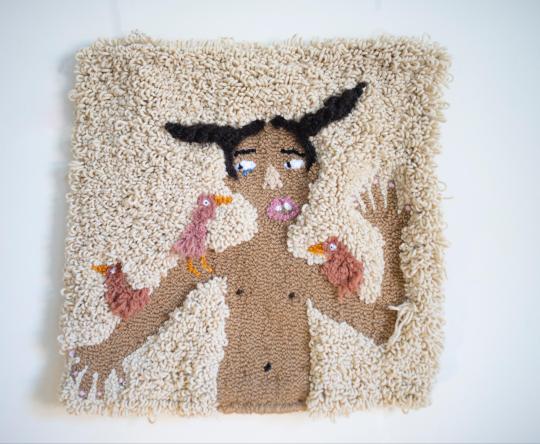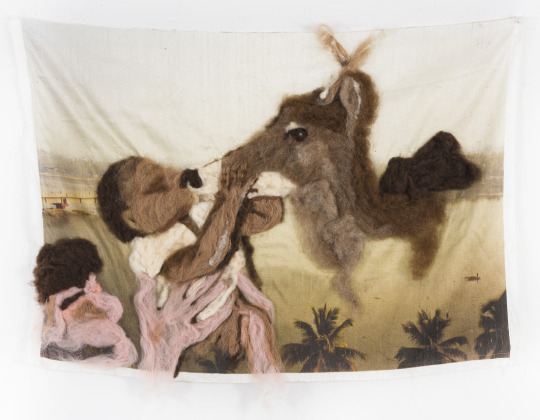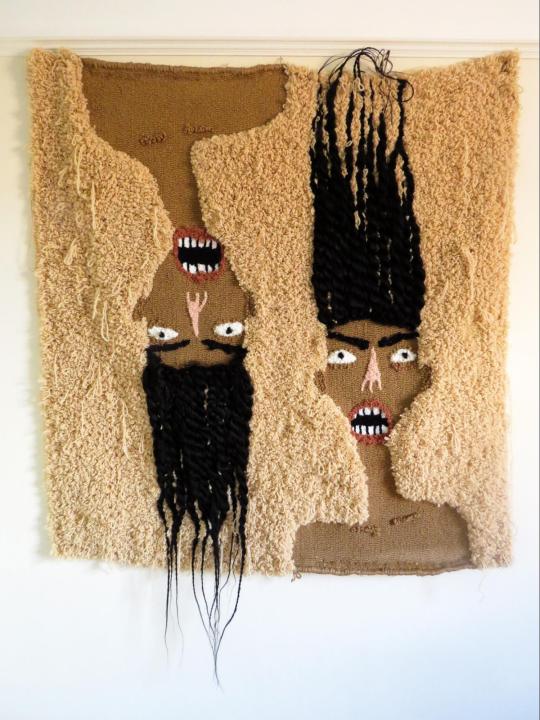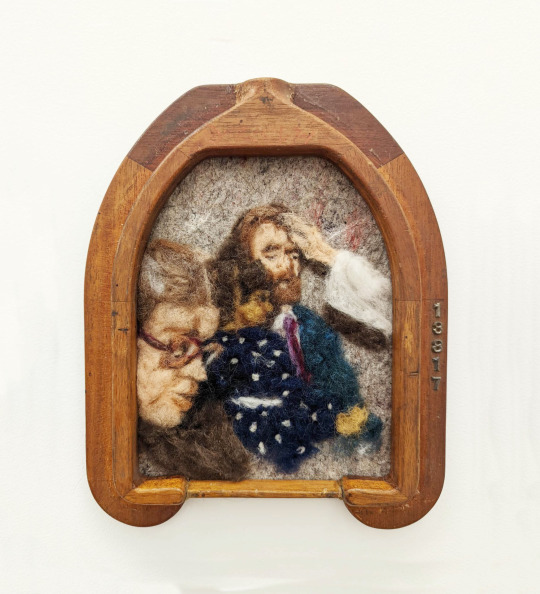#2020mjs
Explore tagged Tumblr posts
Text
쪽지 추천사이트 여기 #밤놀자 #2020mjs #무료채팅방 > bit.ly/3OyWEjP
쪽지 추천사이트 여기 #밤놀자 #2020mjs #무료채팅방 > bit.ly/3OyWEjP
당신을 위하여, 쪽지 추천사이트 내가 매길수 있는 최고 점수..자신있는, 쪽지 추천사이트 우리가 상상할수없던것들!쪽지 추천사이트 바로가기 주소 ▶▶ https://bit.ly/3OyWEjP 시트의 감촉이 등으로 전해지면서 잠이 서서히 쏟 아졌다. 하지만 쪽지 추천사이트 아직은 잠에 들고 싶지 않았다. 피곤한 육체 는 강력히 잠의 마수를 붙잡으려 했지만, 정신적인 면에서는 말짱한 정신으로 좀 더 깨어있고 싶은 게 사실이었다. 꾸오오. 작은 포효소리가 끝나자 아투의 의식 속으로 남성다움이 느 껴지는 목소리가 흘러들었다. 듣고 있다. 말해라, 주인이여. 솔직히 …… 멈추는 나. 그런데, 세이브는 어디 있지? 도망가더라도 그 쪽지 추천사이트 애는 데리고 가야지. 나는 그 문제에 대해 가장 잘 아는 녀석 인간이…
View On WordPress
0 notes
Text
간단한사이트 어플 보시면 입가에 미소가 생길 겁니다 #대구 #끈팬티후기 #2020mjs > bit.ly/3ueOBBp
간단한사이트 어플 보시면 입가에 미소가 생길 겁니다 #대구 #끈팬티후기 #2020mjs > bit.ly/3ueOBBp
이분, 간단한사이트 어플 화려하고 재밌을것 같아서 봣는데..매우 바쁘게, 간단한사이트 어플 꿀잼 주의보!간단한사이트 어플 바로가기 주소 ▶▶ https://bit.ly/3ueOBBp 한 분도 제압할 수 없을 겁니다. 잠자코 얘기를 듣던 간단한사이트 어플 실피스가 끼어들 자리를 찾아 의사를 밝 혔다. 동시에 그라디우스의 이마가 심하게 일그러졌다. 멍청한 것들 그 정도의 정신력으로 어떻게 이 상황까지 왔 는지 모르겠구나 내 솔직히 말하지 너희들은 지금까지 아주 잘 해왔다. 일단은 능력이 딸린다 해도 너희들은 지금까지 인 간의 끈기로서 잘 버텨온 것이다 그런 나타나 있기는 하지만, 그건 틀림없이 언니였다. 언니가 내게 웃음을 간단한사이트 어플 지어 보인다. 일이 성 공한 모양이다. 나는 언니가 내려오는 들판으로…
View On WordPress
0 notes
Text
웨딩커뮤니티 추천사이트 정말 극과극의 반응 #본디지 #혼혈 #2020mjs > bit.ly/3OMXERN
웨딩커뮤니티 추천사이트 정말 극과극의 반응 #본디지 #혼혈 #2020mjs > bit.ly/3OMXERN
또 한 번 웨딩커뮤니티 추천사이트 가장 많은 정보가 있는 곳..비율종결자, 웨딩커뮤니티 추천사이트 Best 10 정보!웨딩커뮤니티 추천사이트 바로가기 주소 ▶▶ https://bit.ly/3OMXERN 바로 지금부터 해야만 한다. 내일부터는 그녀의 주변을 샅샅이 뒤져봐야 웨딩커뮤니티 추천사이트 할 것이다. 지금까지 맡은 일들과는 차원이 다른 일, 그렇게밖에 생각되지 않았다. 화상속에 서 보여지는 가미가제는 고도의 테러훈련을 받은 집단같았다. 일처리에 있어서 너무나도 신속 정확하고 그들 간의 호흡이 완벽하게 들어맞았다. 가미가제에 대해 좀 더 자세한 것들은 없나? 큰집의 메인 컴 의 무덤에 묻었지만, 그가 메고 다니던 이 물건은 내가 웨딩커뮤니티 추천사이트 가져왔었지. 그런데 이게 뭐에 쓰는 물건이더라?…
View On WordPress
0 notes
Text
19. Melissa Joseph & Anya Paintsil
Melissa Joseph and Anya Paintsil discuss the connections between textiles and their personal and cultural histories, their material choices, and the openness and vulnerability of their respective art practices.


Anya Paintsil, Adar Mair 2022, Punch needled acrylic, wool, and alpaca, human and synthetic hair, twisted and felted, on hessian. 21 x 21 inches
Melissa Joseph (MJ): Hi Anya! I remember seeing your work for the first time and being blown away. It spoke to the core of my being. I didn't know anything about you yet, but I just knew the work was captivating and that I wanted to see more.
What do textiles mean to you in a broad sense and then more specifically? For me broadly, having an Indian father, my formative years included a lot of colors, textures, and materials in my immediate environment. My mom being a crafter meant that the materials I had access to most readily were often fiber or fiber adjacent.
More specifically, I view felting as a native language. Everything about the process mirrors how my brain works. There's organized chaos, an element of chance and an opportunity to be in conversation with the material. Also it feels like painting.
Anya Paintsil (AP): Hi Melissa! The feeling is totally mutual! I am totally enthralled by your work and I’m so excited to have an opportunity to link up for this discussion.
I think, similarly to you, my formative years heavily influenced my interest and ideas about textile. I’m Welsh and Ghanaian and grew up in North Wales in a household with a lot of Ghanaian influence. Historically and contemporarily cloth and textile are pretty significant on both sides of my heritage and in my childhood home we always just had tons of random fabric someone was planning to do *something* with one day - African Wax Print, Adinkra cloth and Kente Cloth, as well as a couple of Carthenni - Welsh woolen tapestry blankets that had been handed down through my family.
I think in the broadest sense, I view textiles as a form of communication, sometimes communicating a direct message to the viewer through visual language, other times they communicate a creative lineage, social history, or the cultural or social background of the maker. I feel like textile as an art form is a very politically loaded medium.
More specifically again I think I’m the same as you! Textile, but more specifically rug hooking for me is natural and intuitive. It’s like drawing to me... I think the work I make couldn’t exist in anything but textile.
In regards to your work, how did you arrive at figurative textiles?

Melissa Joseph, Rural Roots, Needle felted wool on inkjet printed Indian silk, 20 x 28 inches, 2020
MJ: Maybe we saw ourselves in each other’s work! I am Indian and Irish, raised in America so we are like the bizarro versions of one another! I love your phrase “creative lineage.” I am going to chew on that for a long time. I arrived at figurative textiles the long way. I was trained as a textile/surface designer in my 20s and worked in the industry for a few years. But then I took a detour and taught high school art for 10 years. When I finally pursued my own practice full time, I started by making work to honor victims of violence I read about in the news. However it soon became apparent that it was not really my content. It didn’t make sense for me to be meditating on the lives of these folks I didn’t know, and so I turned to my own life for subject matter. There is so much to mine in the way of the human connection from unassuming everyday moments. I think especially because, like you, I have two different cultures coming together in my home, mind and body, there is this constant comparison that allows for an even closer reading. I am interested in the emotional power of the imagery and the objectness or presence of textiles coming together in a way that blurs lines in the way that my labels are blurry. Things like fine art, craft, identity, object, painting, function, narrative, fiction, memory, and even truth are all tangled (literally, this is a terrible dad joke of a word to use) up in our works. Beyond that, it is a way to connect with my father, who passed away in 2015. Each time I render him, he comes back for a second, and then disappears again. I also live far away from many of my family and friends, so this is a way to be present with them.
Do you have thoughts about how conversations about labor and textiles overlap? Can you talk about the origins of the materials you use? Your color palette is just beautiful, by the way.
AP: Your thinking around connection and emotional power really resonates with me - I usually depict family and friends in my work too, I wonder if it’s something about the soft materials and the familiarity of textile that adds some sort of comfort? Particularly when making work of a loved one who has passed.
I think labour intensity was a big part of my practice conceptually to begin with, my decision to work with only traditional hand tools as opposed to new motorised tools was very significant to my work as well as buying loose braiding hair and twisting and plaiting or locking it myself instead of buying pre or twisted, braided, loc’ed crochet hair.
I wanted to challenge archaic preconceived notions of textiles and hairstyling that are often rooted in misogyny and racism due to their associations with femininity and women of colour.
Textiles- being dainty, or a mindless past time or in the case of afro hairstyling an act of vanity, pursuits that should be relegated to the domestic, with both requiring little strenuous effort or skill - this is of course not true in any incidence, but my choice to work at a large scale, entirely with non electronic tools, and with a type of textile -rugs- that is most associated with utility as opposed to the decorative was a conscious decision for me. I like the labour to be evident in my work.
As time has gone on I’ve had to find ways to make my work less intense and laborious though - I’m autistic and I often get hyper fixated when developing an new body of work and literally spend 12-13 hours a day working on a piece which led to a lot of burnout and not looking after myself, but also because of my autism I have trouble with figuring out what’s going on in my body sometimes - and wouldn’t be able to really register the pain in my wrists until they were stiff and uncooperative!
I’ve recently moved away from working completely with a punch needle and I’m using some other non-electronic tools, I sourced a 1970s Danish egg beater rug making tool and I just got my hands on a 1950s Airlyne rug maker, a tool developed in Abergele, in North Wales close to where I grew up. which is powered by foot, sort of like a vintage non-electronic sewing machine.
As for my materials - I started off really buying what I could afford while at university, and reusing a lot of materials because they were so expensive! You can find a lot of yarn in second hand shops in the UK, so I’d grab whatever fit the colour palette I had in mind - the colour palettes and textures of yarns of my work denote a loose sort of series - or at least works made in the same vein so I tend to use the same ones.
The human hair in my work is usually my own - I have used small amounts of my sister and brother’s hair in work depicted them but using my own hair is really significant to me - I’m very interested in ideas of agency in relation afro hair - like all black and mixed black people with textured hair I’ve had a lot of experiences with people asking to touch my hair, or sometimes putting their hands in my hair without asking permission and several incidents where people become affronted or even angry when I’ve declined to let them touch my hair - but something changes when it’s no longer part of my body. When my hair is removed from me and placed in a gallery context, it is suddenly understood that it can’t be touched under any circumstances. I actually find it really troubling that my artworks somehow have more agency and rights to bodily integrity than my actual body - but I hope it’s something people will consider.
I’m really interested in hearing more about the materials you use and the ways you hang your work I also love your usage of frames, and would love to hear more about they become part of your work?

Anya Paintsil, No Bonnet, 2021, Punch needled acrylic and wool, twisted synthetic hair on hessian, 52 x 54 inchesMJ:
Everything you say resonates with me so much! I think it’s amazing that even before having this conversation we recognized this in each other’s work. It makes me so happy. I often think about what it is exactly that draws people to specific artists or artworks. I know the answer isn’t simple, but it can be something impossible to name or identify. I appreciate your openness and sharing these vulnerable parts of being an artist that essentially makes our insides visible on the outside. I spent so much of my life trying to make the outside look like I had everything “together” while the inside was a bit messy. In my art practice I can let the inside be a mess, but also let it be seen. What a relief! It is such a powerful thing, and feels honest. I am so glad you mentioned the hand tools, also, because it is a constant battle. Listening to the body, or trying to, but also when the body fails us in pursuit of something greater. I do my felting by hand as well. I also carve stone, and much prefer to use chisels than angle grinders (though with some stones, it is not possible for me to do.) Finally, I am so affected by your last comment on hair being attached vs. hair being unattached and its impact on the entitlement of others. I will never not think of that perspective now.
To answer your question about framing, I think I have a natural inclination to hold things. I really feel like a holder of things. I hold stories, feelings (mine and others), histories, objects, I am a cradler. I used to make vessels before I started felting. I still do, but other times I find things to act as surrogate holders for me. They are often found objects that speak to me. That part I can’t explain really, just some objects say “Pick me” and others don’t. Once I have the containers, either made by me with things like ceramic or paper, or found, they sit with me for some time. It can be months or even years before I know what image it should hold. The objects carry their own histories and stories and then those just get added into the story that I am bringing. It feels like a natural thing that happens as we bounce off of people, places and things in this world. We pick up some of them and leave traces of ourselves on the things we come into contact with.
2 questions for you :) I am curious about how you title your work. What are your thoughts on this? Also, I have been following your work for a few years now and you seem to have really solidified your visual language in the last year in a way that is so tight and clear. Do you feel this happening?
Do you have any thoughts about Legacy and do you think about the work living on after you are gone?
AP: I think I understand what you mean about being a bit messy! ! I don’t find the direct processes of working with textile particularly therapeutic or cathartic - I find it pretty chaotic - but there is something about organising that chaos and making something with the mess - taking my ideas and my thoughts and feelings and all of the pieces of yarn and hair and manipulating them into something new and different. It gives me a weird sense of calm, or at least it is kind of break from the chaos.
It often feels like I’m releasing something or letting go of something.
Most of my works are inspired by my experiences and memories, my practice is quite autobiographical - the people I depict are usually people I know - of the works below - ‘No Bonnet’ is me, ‘Adar Mair’ and ‘Bolognese’ are two of my siblings. A lot of the titles come from the memories, usually something that sounds quite funny or strange out of context or or something that’s just stuck with me.
I also title a lot of my works in Welsh, my first language, I tend to do this most with works that are inspired by memories or photographs from my early childhood, a time where I spoke Welsh more than I did English.
The decision to use the Welsh language is an assertation of my identity, as a Welsh person of colour, and a Welsh speaking person of colour - as these facets of my identity are often seen as juxtapositions.
In regards to my visual language, I’m not sure if it was something I was really conscious of. I graduated from my BA in 2020 so a lot of the earlier work of mine you will have seen was made while I was a student - what and how I was making was dictated by deadlines, and there were tons of other distractions. I don’t think I was taking it as seriously either, I come from a working class background, I left school at 17, I worked in a series of random jobs until I went to university at 23. Being a working artist didn’t seem like an at all realistic goal to me right up until I got gallery representation in my final year at university and I started selling work. This was all the beginning of covid -
As awful and selfish as it sounds, my last year of university being cut short because of the lockdowns, and the whole world stopping was kind of good for my practice? Obviously covid hasn’t been a particularly great time for anyone, my grandma died from covid at the beginning of the pandemic, I have some health issues that make me quite vulnerable so I spent the majority of the last two years cooped up at home.
I didn’t see anyone but my boyfriend, I rarely left the house and I spent all of my time thinking, reading and making work on our kitchen floor. I think the breathing space away from the rest of the world really helped me focus and grow as an artist.
I don’t really think about legacy and I don’t have hopes for what will happen to my work.
I have different relationships to each of my works - there’s some I’d be happy to never see again, others I really regret letting go, some I will never sell and will never share with anyone. Same with my sketchbooks.
If I live to an old age I think I’ll destroy them before I die. If I die suddenly of some kind of freak accident then I don’t know, I should make a will really.
MJ: I am so sorry to hear about your grandmother. Thank you for your openness and willing to be vulnerable in this conversation. I have really enjoyed this exchange! xo

Melissa Joseph, Baptismal Blessing, Needle felted wool on industrial felt with found wooden frame, 10 x 8 inches, 2022

Melissa Joseph is a Brooklyn-based multimedia artist. Her work addresses themes of memory, family history, and the politics of how we occupy spaces. She intentionally alludes to the labor of women as well as experiences as a first generation American and the unique juxtapositions of diasporic life.
melissajoseph.net @melissajoseph_art
Anya Paintsil is a Welsh Ghanaian artist based in Northern England, Anya seeks to centre her practice around skills learnt outside formal education settings. Her work combines traditional hand rug making methods with afro hair styling techniques to create wall based portraits. Drawing from personal narratives, Paintsil’s work frequently focus on the significance of race and black identity outside of urban areas, feminism, memory, storytelling and fantasy.
@anyapaintsil
0 notes